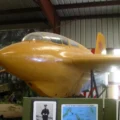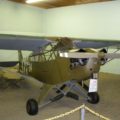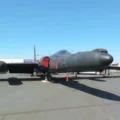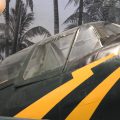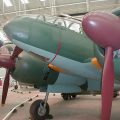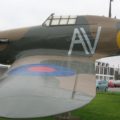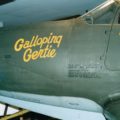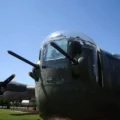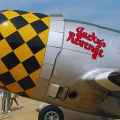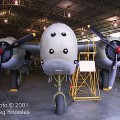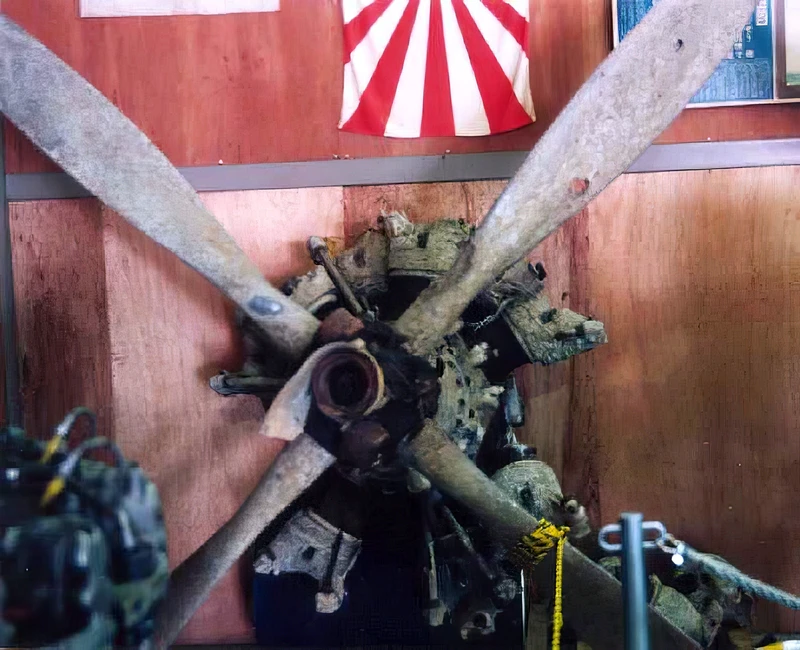
Mitsubishi G4M | |
|---|---|
| Land | Japan |
| Rolle | Mellemstort bombefly/torpedobombefly |
| Første flyvning | 23. oktober 1939 |
| Bygget | 2435 |
Den Mitsubishi G4M var et tomotoret, landbaseret medium bombefly, der tidligere blev fremstillet af Mitsubishi Aircraft Company, en del af Mitsubishi Heavy Industries, og opereret af den kejserlige japanske flåde fra 1940 til 1945. Dens officielle betegnelse er Mitsubishi Navy Type 1 angrebsbombefly (一式陸上攻撃機, 一式陸攻 Ichishiki rikujō kōgeki ki, Isshikirikukō) og blev almindeligvis omtalt af japanske flådepiloter som Hamaki (葉巻, "cigar", tændt. "bladrulle") på grund af den cylindriske form af dens skrog. Det allierede rapporteringsnavn var "Betty".
Kilde: Mitsubishi G4M på Wiki
| Mitsubishi G4M | |
|---|---|
| Fotografer | Kawaguchi-søen |
| Lokalisering | Japan Air Park |
| Billeder | 33 |
Relaterede sæt:
Find kits på eBay:
Se også:
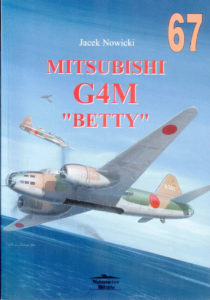
Den Mitsubishi G4M was a twin-engine, land-based medium bomber that served in the Imperial Japanese Navy Air Service during World War II. It was designed to have a high speed and a long range, but it sacrificed protection and durability for these advantages. The G4M was often called “Betty” by the Allies, or “Hamaki” (cigar) by the Japanese pilots, because of its cylindrical shape and its tendency to catch fire or explode when hit.
The G4M participated in many battles and missions, such as the sinking of two British warships, the bombing of Darwin, and the transport of Admiral Yamamoto. It was also used to carry the Yokosuka MXY-7 Ohka, a rocket-powered kamikaze aircraft. The G4M was produced from 1939 to 1945, with a total of 2,435 units built. It was the most widely used and most famous bomber operated by the Japanese Navy in World War II.
Set antal gange : 1267



